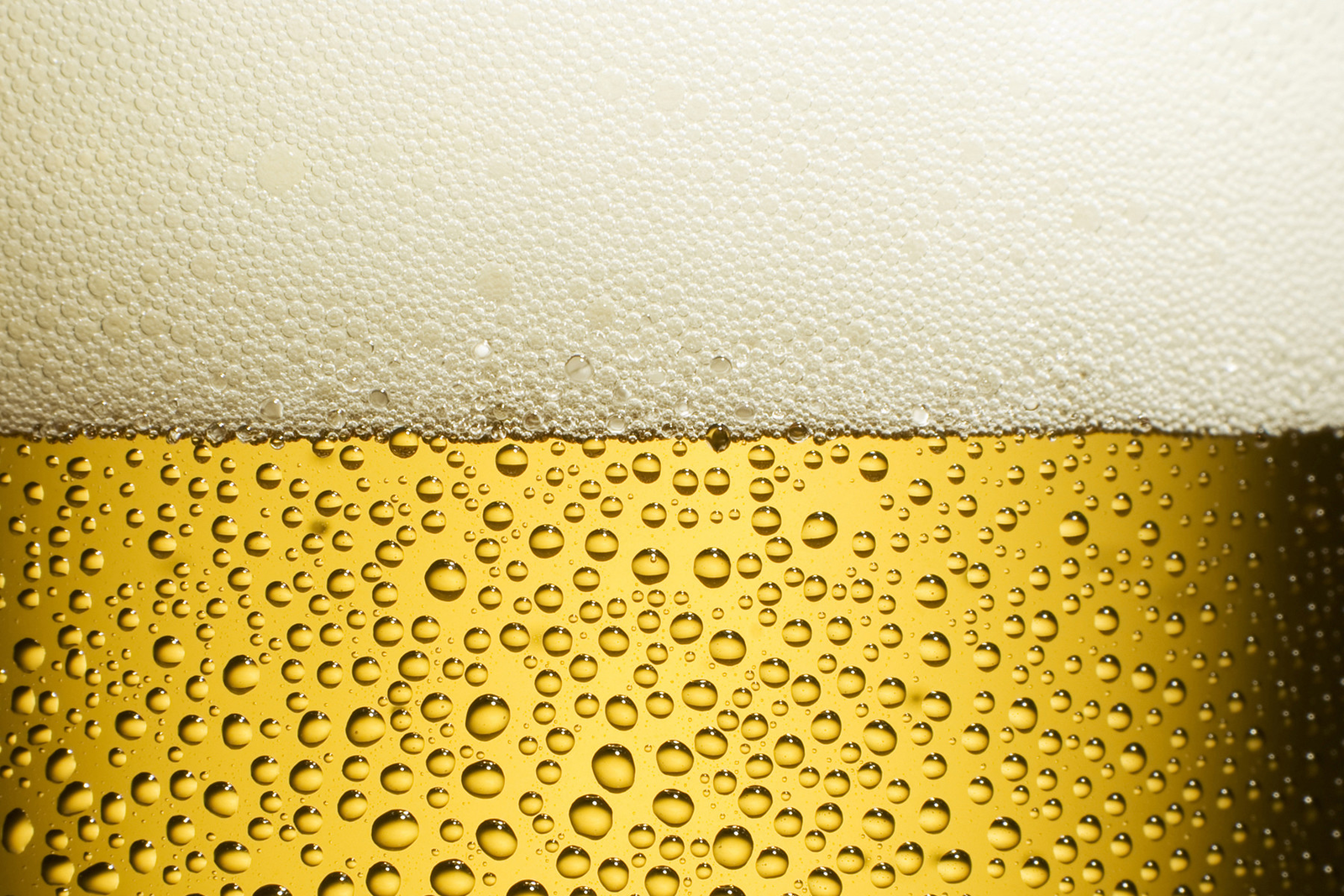Biosensor to detect mycotoxins in beer

Beer is one of the world’s most popular alcoholic beverages. But, made with barley, brews can contain low levels of mycotoxins. A biosensing chip can bind the mycotoxins in the beer.
Because of its alcohol content and the high temperatures required to make beer, most consumers might assume that contamination by biologically derived compounds is not an issue. But mycotoxins can survive the brewing process and end up in the final product. Some mycotoxins have been shown to cause genetic damage in cells and cancer in animals. Currently, methods to detect mycotoxin contamination in beer are costly and require in-laboratory analysis.
What are the regulations for mycotoxins in Barley in the European Union? Find out here
What are the regulations for mycotoxins in beer in the US? Find out here
In a quest to find a less expensive, portable alternative, a group of Dutch researchers developed a portable sensor (chip), able to detect the mycotoxins when they are present in beer samples. The team also could reuse the chip 450 times before it started to fail. Testing on commercial beer and barley showed that the portable instrument detected levels as low as 0.2 nanograms/milliliter of ochratoxin A and 120 ng/mL of deoxynivalenol — respectively, the estimated safe limits for these mycotoxins.
The study appeared in ACS’ Journal of Agricultural and Food Chemistry.











